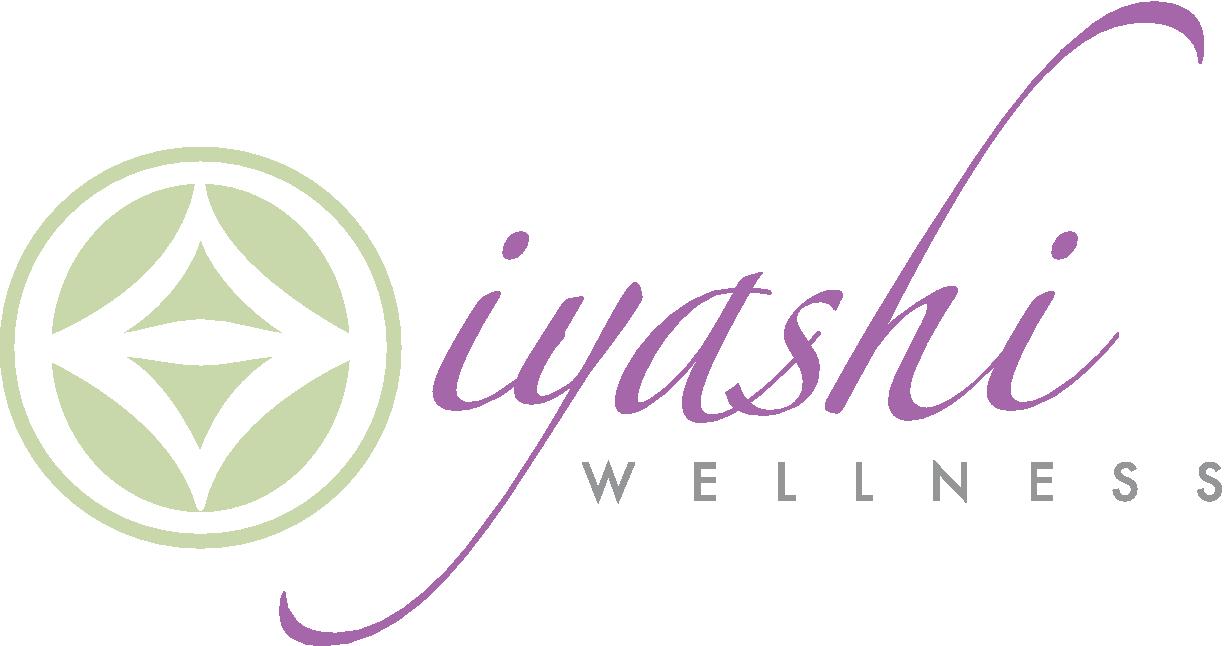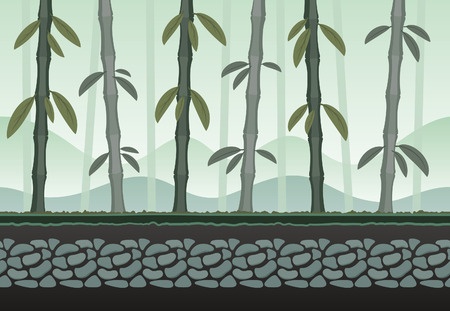With the birth of a child, first-time parents are blindsided by emotions and experiences that none of the baby books could ever prepare us to handle. I remember the birth of my son 5-and-a-half years ago like it was yesterday. Usually well-informed and purposeful in our thoughts and actions, the day our son was born, both my husband and I melted in love with our son. We were also rather helpless in our efforts to care for our newborn.
Upon arriving home from the hospital, the first thing we realized was that, even in August, the house was too cool for our son. I knew we needed to bundle him up in something, so the first thing I did was wrap him up in one of our body towels. Big, bulky, thick and cozy, right? Usually warm enough for an adult or older child, for a newborn, it was no, no, no. We couldn’t swaddle him properly with it, so it didn’t keep him warm. So my husband rushed to Target to buy blankets. He didn’t know what to buy: swaddling blankets, receiving blankets, quilts, security blankets, organic blankets, muslin blankets, fleece blankets, polyester blankets, cotton blankets. This, just in blankets! He ended up buying blankets that were too thin, so those next few days, we improvised with what he bought until we returned to the store armed with more knowledge.
Thus began our deer-in-headlights journey of navigating the millions of decisions we make for our son, and still do to this day. The amount of information parents–especially first-time parents–must process, decide about, and act upon is mind-boggling. The fear, anxiety and guilt this process produces in many of us–especially us moms–would, as translated from the Japanese, “shorten our lifespan”, because of the stress it creates in our minds and bodies. That’s without the sleepless nights and lack of proper eating and hygiene for ourselves that comes with caring for a child, especially that first year.
As I mothered my son in those early days, I kept thinking to myself, “There has got to be a simpler, less anxiety-provoking way to look at caring for a child.” As I learned about and practiced Pediatric Asian Medicine, I found my answer. In Traditional Chinese Medicine, we have a system of knowledge called the Five Elements, which comes from nature: Wood, Fire, Earth, Metal, and Water. The ancient, wise people of China observed the natural world and realized that these five elements can be used to explain human behavior, nature, health and constitution. I took this Five Elements system and overlaid it onto my pediatric practice and came up with my Six Pillars Plus Some Magic Stardust philosophy to help keep kids healthy and happy. I hope that by sharing this here, it will help parents simplify their approach to child care and child rearing. By understanding and balancing the Six Pillars, you will help your child grow up healthy, wholesome and happy.
What are the Six Pillars and Magic Stardust then? I will go into detail in the next six articles about each Pillar and the Magic Stardust and how the interplay between these pillars keep everything in balance. Here is a sneak peek:
Pillar 1: Wood Pillar embodies the need for exercise
Pillar 2: Fire Pillarembodies laughter and social and familial connections
Pillar 3: Earth Pillar embodies wholesome nutrition
Pillar 4: Metal Pillar embodies education and boundary-setting
Pillar 5: Water Pillar embodies the importance of rest and quietude
Surrounding and at the base of these 5 pillars is the 6th: Unconditional Love of Parents. Sprinkle a little bit of Pediatric Acupuncture and Asian Medicine (a.k.a. Magic Stardust) into the mix when needed, and voila, you’ve got yourself a recipe for keeping your child and family healthy and happy!
I am so excited to share this original material with you–from my heart to yours. I believe that raising a happy and healthy family is one of the best ways to make a difference in the world. I hope my philosophy helps balance your family and your life, and guides you to make your own discoveries about what works for you. In my next article, I will cover Pillar 1: Wood Pillar.

